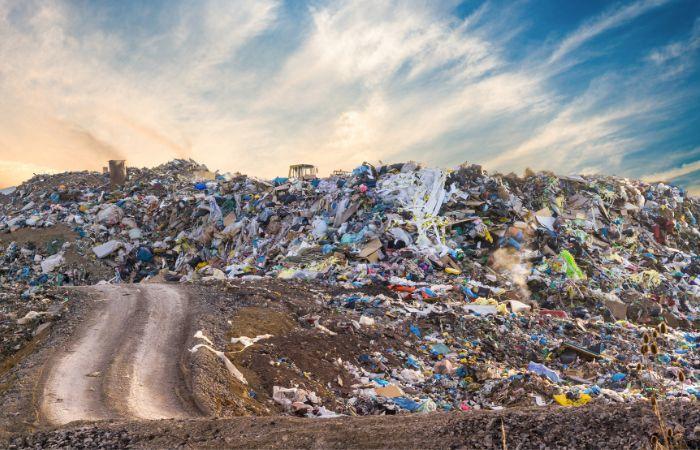
CDPHE

Audio By Carbonatix
I’ve stood inside a landfill. I’ve watched seagulls circle overhead, dive-bombing scraps of plastic blown loose from mountains of waste. I’ve felt the wind carry trash beyond the fences meant to contain it and the quiet despair of knowing that most of what I was looking at would never break down, never be used again, never see the light of day.
I grew up just down the road from the Front Range Landfill, and that experience didn’t just shape my childhood — it shaped my purpose. It’s a big part of why I’ve been involved in waste solutions since high school, such as organizing a recycling campaign that sought to increase recycling knowledge among students and faculty, particularly in the cafeteria.
Recently, the Colorado Air Quality Control Commission concluded hearings on proposed standards that would cut climate and health pollution from landfills. The commission is expected to vote in December — a decision that carries far more weight than many Coloradans realize. Their vote must prioritize the health of our communities and the protection of our environment.
Despite being largely overlooked by both the public and regulators, landfills are major and persistent sources of pollution and environmental injustice. In Colorado, they rank among the state’s largest methane emitters, which is a greenhouse gas more than 80 times more powerful than carbon dioxide over a 20-year period.
This year, make your gift count –
Invest in local news that matters.
Our work is funded by readers like you who make voluntary gifts because they value our work and want to see it continue. Make a contribution today to help us reach our $50,000 goal!
The Front Range Landfill alone released an estimated 330,000 metric tons of methane in 2023, making it the second-highest emitter in Colorado, and satellite imagery revealing massive methane plumes suggests the problem could be even worse than official estimates. Across the state, landfills emitted a staggering 3.3 million metric tons of CO₂ equivalent last year, equal to nearly 770,000 passenger vehicles on the road for an entire year.
But the impacts of methane pollution and landfill mismanagement go far beyond greenhouse gases. When methane is spewed from a landfill, it carries toxic pollutants like benzene, toluene and volatile organic compounds (VOCs), all of which are associated with serious health conditions such as asthma, cancer and heart disease. These landfills are often located near communities already burdened by pollution and health risks.
More than half of Colorado’s landfills are located near neighborhoods with cancer and melanoma rates above the state average, and around 53 percent are close to communities with elevated asthma rates. Many of these sites lack even basic gas collection systems, worsening health risks. In 2023 alone, public drinking water systems near 84 percent of landfills reported arsenic violations, while two-thirds of landfill-adjacent areas experienced higher-than-average nitrogen dioxide levels, a pollutant strongly linked to respiratory illnesses.
Landfills also pose risks to children: thousands of Colorado students attend schools located near a landfill. The Front Range Landfill, for example, is just miles from two elementary schools. These landfills are not just eyesores. They are endangering our neighborhoods.
Fortunately, Colorado has a real chance to lead. Regulation 31, if adopted in full by the AQCC this December, would implement stronger methane controls, require earlier gas capture systems, and improve monitoring, including through drones and independent third-party aerial inspections.
These changes aren’t radical. They are reasonable, science-based and long overdue. Other states such as California, Oregon, Maryland and Washington have already implemented similar standards successfully. It’s time Colorado caught up.
I’ve spent my life advocating for the solutions to the waste problem that shaped my childhood. Now, Colorado has the chance to lead, but only if state leaders rise to the occasion. Proper landfill regulations must pass in full this December. The future we’re burying in our landfills depends on it.